Backpacking 101: What You Need to Know To Have a Great Time
If you’re planning on going out into the wilderness you definitely want to make sure you have all the right tools and that you know what you’re doing when you get out there. Hopefully, with a little bit of backpacking 101 you’ll be able to prepare yourself for what’s going to come and you’ll be able to really enjoy yourself when you head out into the wilderness.
[the_ad_group id=”21″]
After all, that’s what backpacking and hiking are really all about, having a great time either by yourself, with your friends or with some family.
What to Pack
The very first thing you need to know when heading out on any type of trip is what you should take with you. This is going to be extremely important when you’re backpacking or hiking because you may not be near a store or other location where you can easily pick up the things you’re missing, unlike with most trips you take.
You’ll need to have everything you could possibly need with you or be able to make do without or create it yourself from the things you have or the wilderness.
Navigation
The first thing you’re going to need is some method of navigation tool. This could be a paper map (though these are generally not as easy to use anymore) or a handheld GPS unit. No matter what you use, you need to be able to tell where you are at any time of the day or night so you don’t get lost and you always know where to go in case of emergency. Check out our top hiking compass to help you on your way.
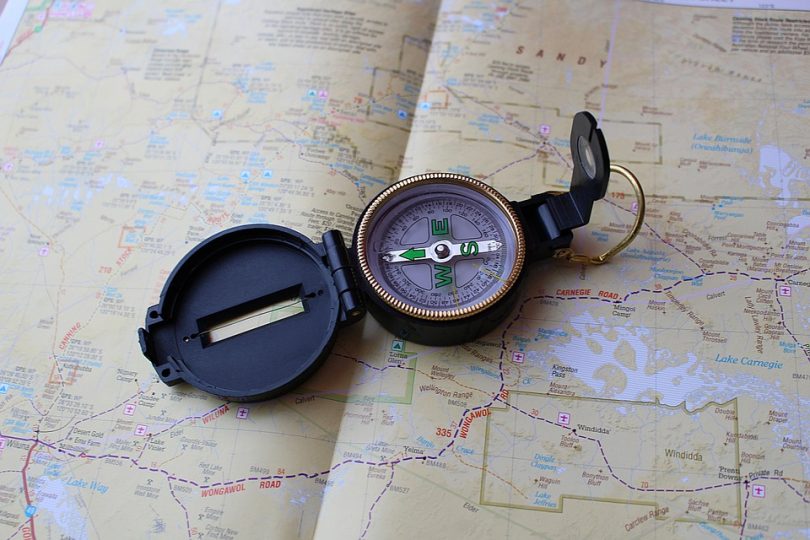
Flashlight
Once again, knowing where you are and what’s around you at all times is going to be essential. Having a flashlight ensures you’re never going to be taken entirely by surprise and that you can keep moving in the dark if necessary. You want a flashlight that’s at least somewhat shockproof and waterproof so it’s going to work in case it gets dropped. Make sure it has at least two different methods of ‘charging’ or using it. See our article on the top LED tactical flashlights to guide your way even in darkness.
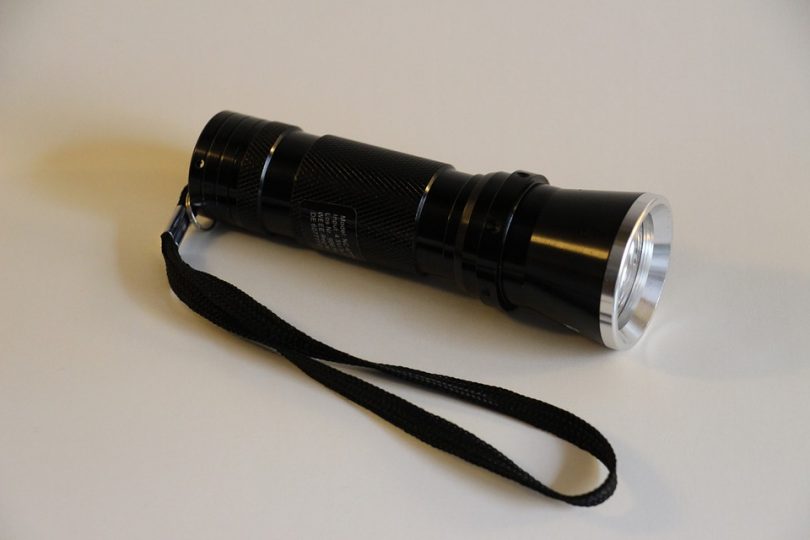
First-Aid Kit
If you get stuck out in the wilderness even a simple papercut could turn into something extremely serious and you definitely don’t want to be stuck dealing with an infection out on a trail somewhere. Having a simple first-aid kit with bandages, antibiotic and some disinfecting wipes is going to help you immensely when you’re out in the wild. To find out how to give first aid wherever you are, check out our useful piece on this topic.
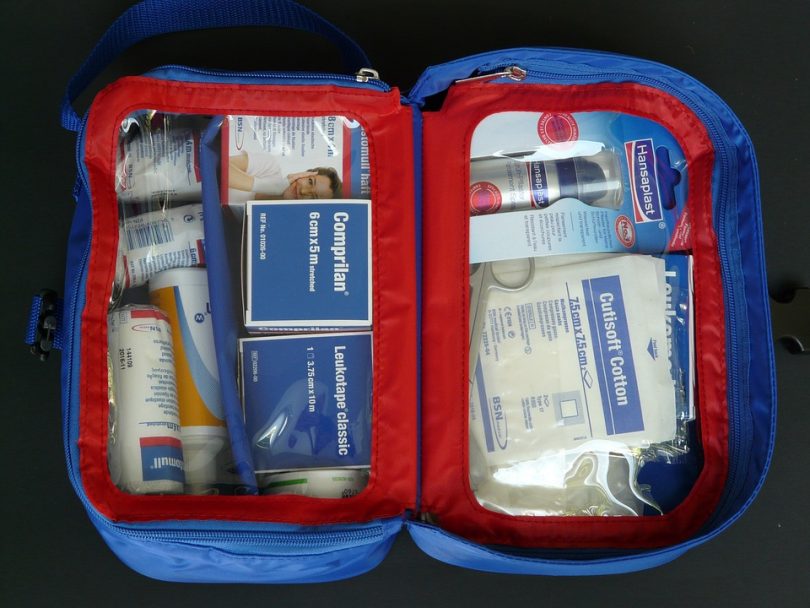
Food
This may seem like an obvious one, but a lot of people forget to take enough food for themselves and anyone who may be with them on their trip. Keep in mind how long you’ll be gone and how many people are going, but plan a little more food than you need for the number of days you’ll be gone. You always want to be prepared for someone being sick (and needing more food) or even being stuck out in the wilderness longer than you planned.
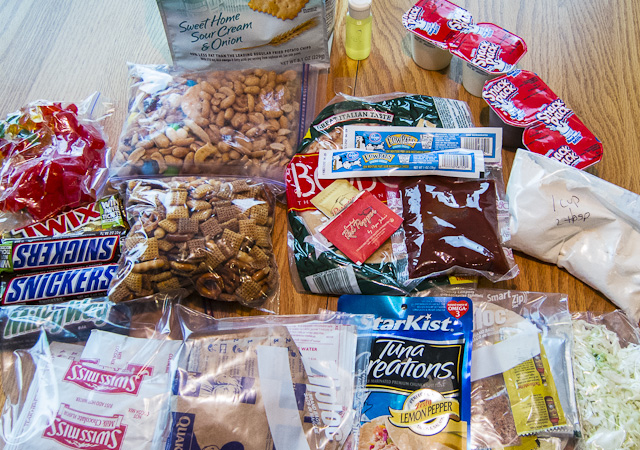
Water
You can never have too much water when it comes to hiking and backpacking trips. You want to make sure that you pack more than you think you might need. Keep in mind that when you’re walking a lot, especially over less than ideal terrain, you’re going to need a whole lot more water than you drink in a normal day.
In general, you should drink at least 2 liters of water per day when you’re hiking, so make sure you have more than enough for the amount of time you’ll be gone.
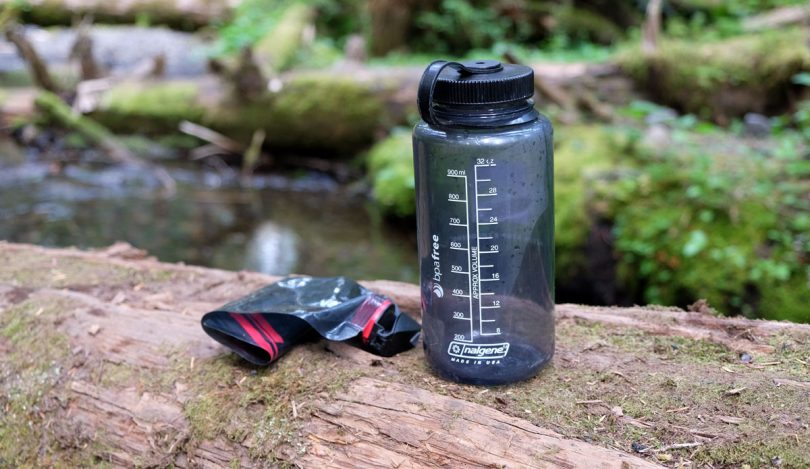
Warm Clothes
No matter how warm you think it’s going to be when you travel, you always want to have some warm clothes with you. You never know how cold it could get at night and you definitely don’t want to risk hypothermia. You’ll also want a raincoat of some type just in case you end up with less than ideal weather. No one wants to end up soaking wet either, which can definitely cause you to feel cold even when it’s warmer outside.
The right clothes can make the difference between a fun trip and something you’d rather forget than try again.
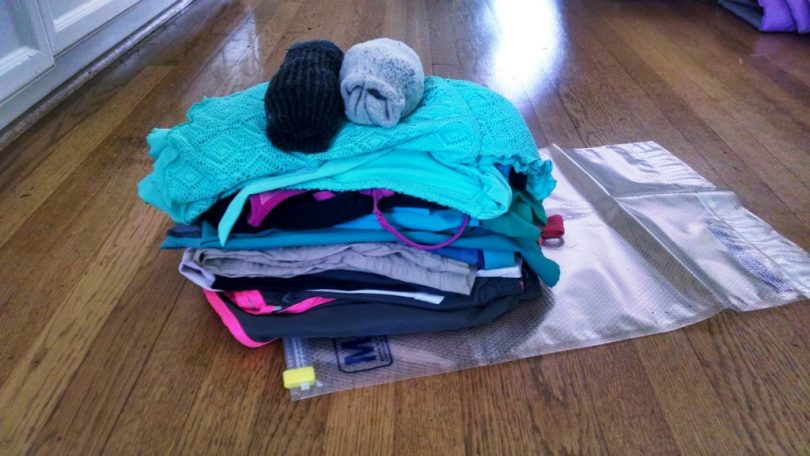
Fire Tools
Once again, even if you expect it to be warm outside you need to make sure you have the tools you need to make a fire. It’s up to you how you’re going to do it, whether with sticks, flint and steel, a lighter or anything else, but make sure whatever you have you’re able to use.
If you’ve never made a fire with flint and steel before now is not the time to give it a try (unless you also have another method of fire starting with you). Be prepared and make sure you have plenty of tools for the job. For the list of the top fire starters that you can use, check out our reviews on the top products in the market for reference.
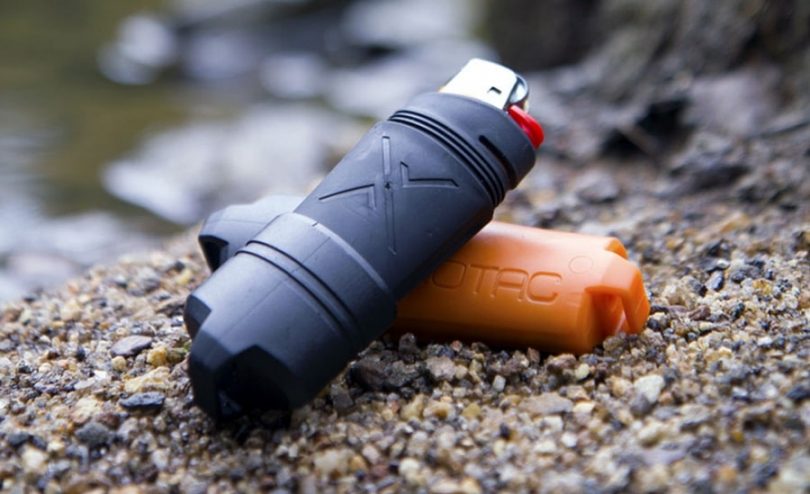
Where to Go
Deciding where you’re going to head out to is going to be extremely important on your first hike. You don’t want to find yourself somewhere too complicated or dangerous because you don’t really know what you’re doing. Pushing yourself is a good thing, pushing yourself too far and too fast is something else entirely. You definitely don’t want to find yourself climbing up a mountainside when you’ve never even walked around the block before, right?
So how do you decide what’s going to be the best place for you and your beginning crew to start?
Talk to the Pros
Find someone in your area that likes hiking and backpacking and ask them about it. Find out where they like to go but make sure you let them know that you’re just starting out. They should know all the good trails and they should definitely know which ones are easier or shorter than others. That’s what you need to know in order to get started.
A professional is going to help you figure out a good path based on your experience level rather than just sending you out to something ‘really cool’ or ‘fun’ that could be beyond your experience level.
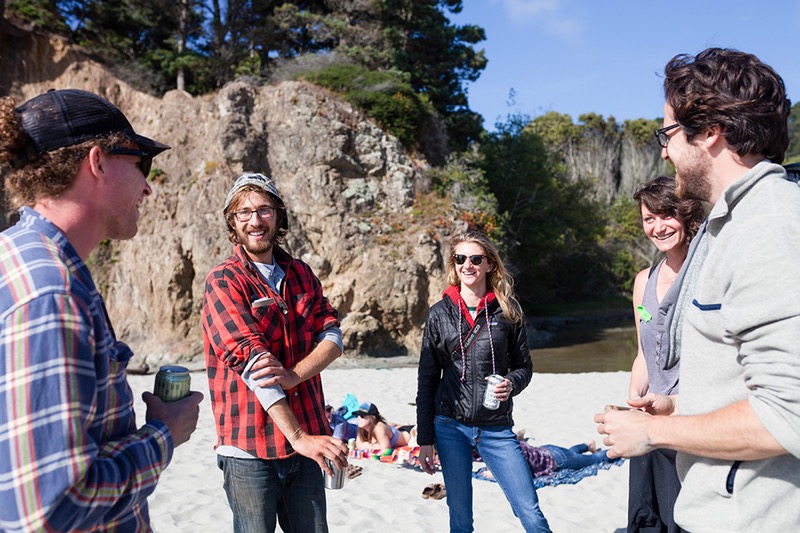
Do Some Research
You want to stick to shorter trails and easier trails for your first several times out. An easy trail is generally going to be flat terrain (though not quite so flat as walking down the sidewalk) and it shouldn’t be too long where you’ll be gone for days at a time.
If you don’t hike or walk a lot already you’re not going to make it a very long distance before you get tired so make sure you account for your own endurance level. Don’t push yourself too hard when you’re getting tired.
[the_ad_group id=”22″]
Your research will show you where the easier trails are as well and you can find it either online or with your state park. They’ll be able to help you find some hiking trails that they send tourists or professionals on all the time. That means they also know what trails are easier and which ones are for the most experienced people.
When you’re starting out that will be really helpful, but when you start getting to professional status yourself it’s going to be helpful as well because you’ll know where to get a bit of a challenge.
Check Your Parks
Don’t just get information from the local and state parks. Actually do your hiking there. You may be surprised what your park has to offer and just how much it will get you prepared for a longer or more strenuous hike. Depending on where you live you may have extensive hiking trails in your parks or you may even have mountain ranges that you can climb. Keep in mind your own abilities before you just jump into the middle of something difficult or dangerous.
A little bit of a hike through the park will help you get an idea of what hiking is going to be like and what you need to do to get up to speed.

What Do You Want?
What are you looking to get out of this hike? Are you looking to get a good workout? Are you trying to see some beautiful scenery? You want to choose your hiking location based on these important considerations. If you want a great view you may be able to stick with less extensive hikes (though sometimes the strenuous hikes have some of the greatest scenery). If you’re really looking only for one or the other though, this can help you in your decision.
Packing Your Bags
So what happens when you know where you’re going and you know what to bring and now you’re heading out into the wilderness? Well, this is where you’re going to have to know what you’re doing actually on the trail. It’s not as easy as it might look, but it’s also not as difficult as you might be thinking.
Mostly it’s about taking a few minutes to pack things up properly and be safe and aware while you’re on the trail. That’s how you’re going to keep yourself going and enjoying yourself.
Packing Up
Packing your belongings into a backpack is the first step when you’re going to head out. You want to put the things you’ll need last in the bottom of the bag, just like when you’re packing a suitcase for vacation. Think about the things that you may not even need or that you’re going to be stopping to get. You also want to think about the things that are going to be okay under the weight of everything else in your pack.
Generally, this is going to be your sleeping bag, your nightclothes (whatever you want to wear to sleep in) and a jacket.
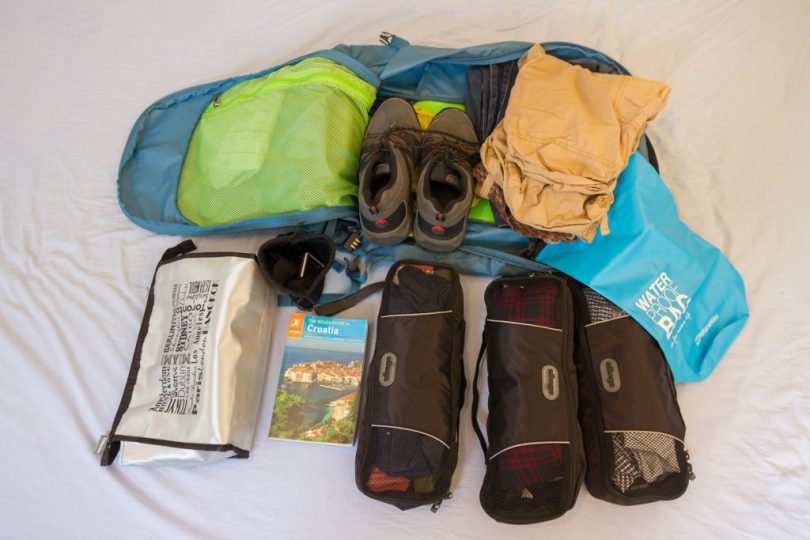
When you get to the middle this is where you want to pack most of your heavier or more important gear. This is where you’ll put things like water, a stove (if you’re taking one) your food, your mess kit and anything else larger that you want to take along. You want the heavier stuff to be balanced towards the middle of the pack because this provides you with more support.
Too much weight at the bottom means your bag rests on your back and can make it sag. Too much weight at the top can make you feel like you’re going to fall over.
At the top of the bag, you need the items that you might want like your rain jacket, the first aid kit, bathroom supplies and any added warm layers you can put over your clothes. You want to keep these items lighter and you may even want a few snack bars, though you may also choose to put those on the outside of your backpack.
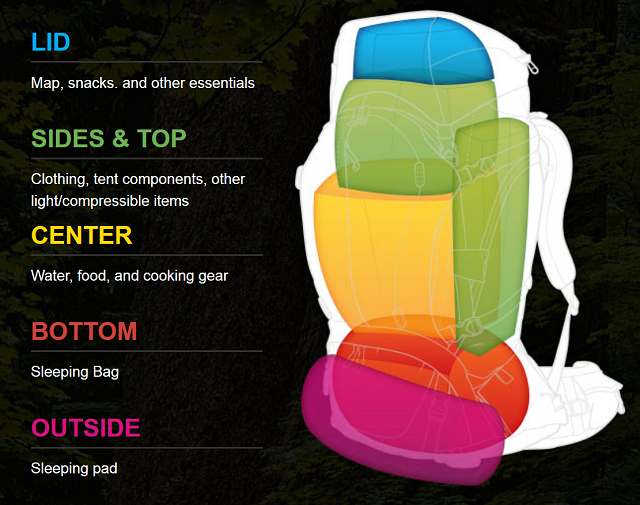
The top of your bag should be things that you could need in a hurry, so you don’t have to unpack your entire bag when you decide you need a rain coat.
On the outside of your pack, you’ll generally find a variety of pockets of different sizes and shapes that will hold different types of gear. You want to pack the things you need quickly, like a water bottle (full of water), some small snacks you can eat on the go, your map and compass in case you get lost and more.
This is a good place for things like bug spray or sunglasses as well and it’s definitely good for your flashlight or headlamp so you can easily find all of these things as you need them.
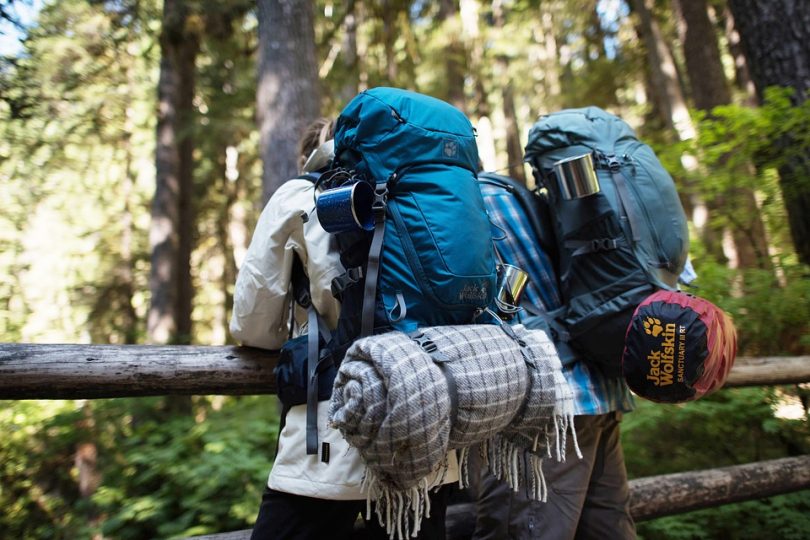
If your pack comes with loops or straps you definitely want to take a look at them. This might be a good alternative for your sleeping bag or it could be a great place for your hiking poles (if you’re taking any). If you’re going to use a larger sleeping pad you may want to use the straps on the outside of your bag for this or even climbing rope or a small stool if you expect to stop for shorter breaks as well as making camp for the entire night.
That’s going to keep you more comfortable, and more easily.
Setting Up Camp for a Multi-Day Trip
If you’re heading out for a shorter trip or you’re going to be keeping things simple you don’t need to spend a huge amount of time setting up camp. You can take care of things rather quickly and get right to enjoying yourself r heading to bed (whatever your plans for the night).
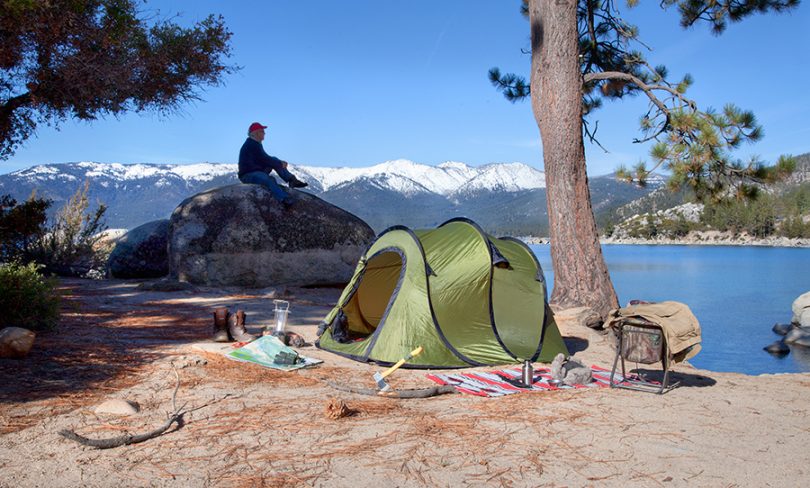
You just have to be sure that you have everything you need and that you are being careful about everything to keep out unwanted pests, who could definitely be larger than that spider you weren’t too happy about in your home last week.
Store Your Food
The very first thing you should do, because you never want to forget it, is hang up your food. You need a bear canister or, at the very least, a bag you can put all the food in and get it up and out of reach of any bears that might wander into your camp. Never keep food in your tent with you or even on the ground outside the tent. Wild animals will be able to smell it and they definitely will come to take it away from you, not a good way to spend your camping trip.

Get Water
Filling up your water containers is another important thing to do because you’re only going to last as long as your water. Try to camp in locations that have convenient access to water and fill up your containers (however many you have) with water as soon as you arrive. Once you have done this, you want to make sure you purify the water you get.
You never want to drink directly out of any body of water because you never know what could be in it. Setting your water to purify could save your life later on.
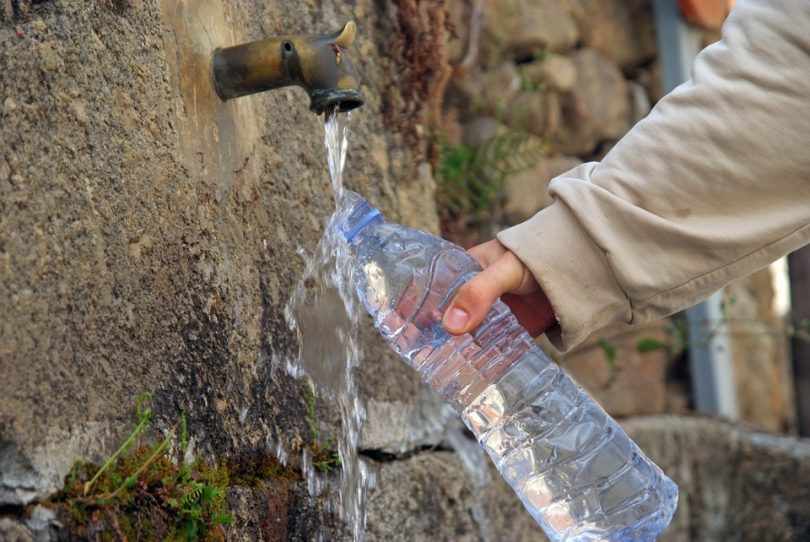
Get Your Shelter Up
Next, get started on your shelter. This is where you’ll put up the tent and set out your sleeping bag. You may need to inflate your sleeping pad or anything else you need in order to be comfortable for the night. Make sure you have everything ready the way you want it so when you want to fall asleep all you have to do is lay down and you’ll be ready to go. That’s going to keep you more comfortable and it’s going to help you get on with your night when you want.
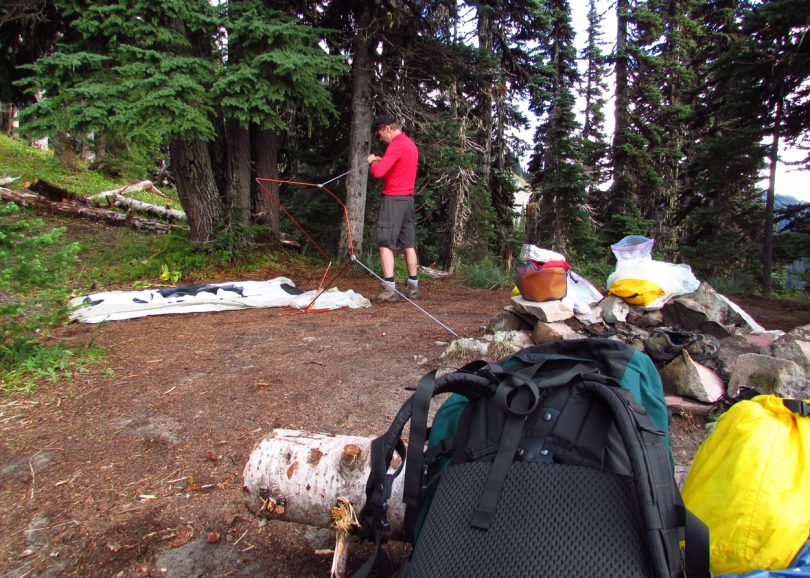
Have Dinner
Once you’ve set up everything you’ll be ready to eat. Of course, you have your tent up so the first thing to do here is to set up your stove or start your fire to start cooking.
[the_ad_group id=”23″]
Once you’ve got it set up you want to unpack your food and get started making a meal. That’s going to be the perfect way to unwind after a long day of hiking and it’s going to help you get ready for the night and the next day.
You may have some time for something fun after dinner and before you head to bed, but that’s up to you.
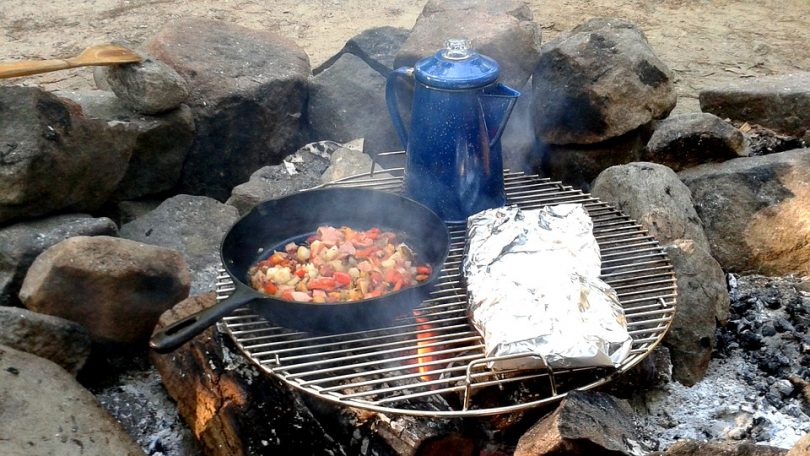
End of the lesson
No matter what you’re doing for the night or how long your hiking trip is going to be, the most important thing that you can do is be fully prepared before you head out. Keeping yourself safe is important and having fun is definitely going to be as well. Of course, we want to know what you think.
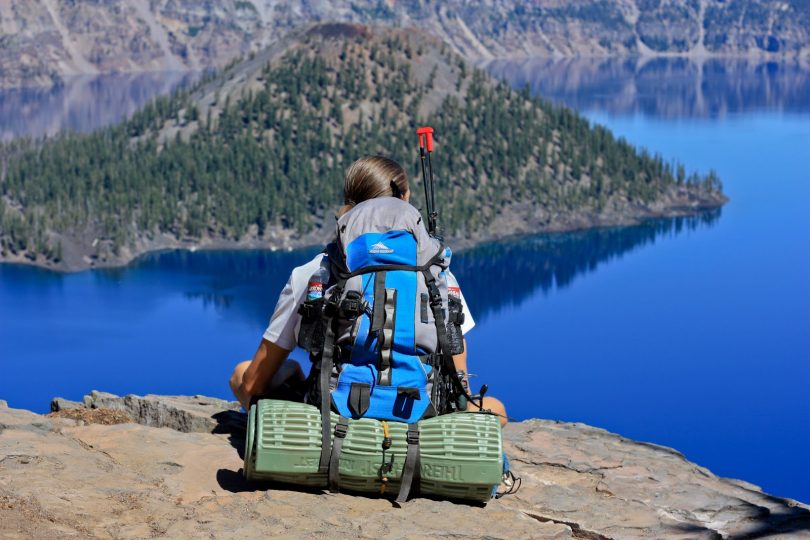
So what are some tips you have for beginners? What do you wish someone had told you before your first backpacking trip? We definitely want to know all about it, and so do all the new backpackers out there.

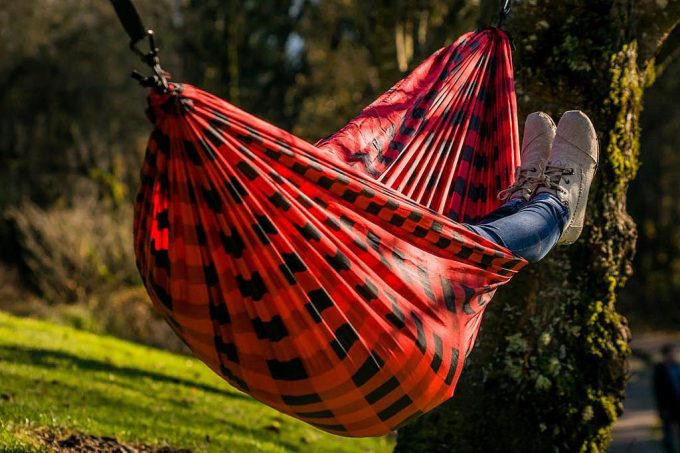


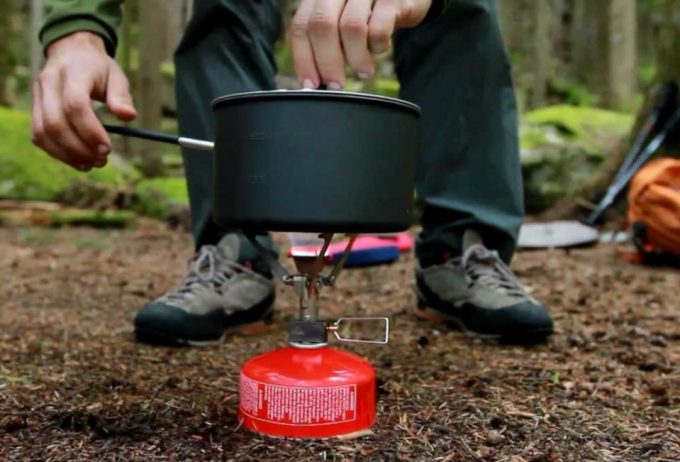
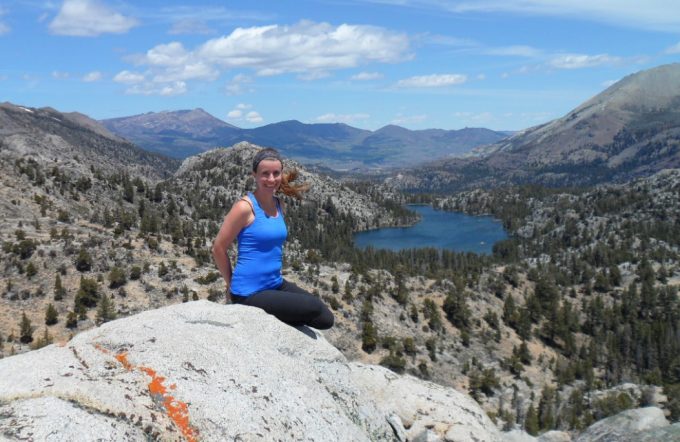

My wife was the person who got me into backpacking, and I’m endlessly grateful to her for it. She wasn’t extremely experienced when we first started, so we learned a lot together. My biggest tip for getting started is to just go and do it. Take water and food, go on an easy trail, you’ll learn really quick what you need and what you don’t. People have done this for as long as there have been people, so don’t get intimidated.
Thank you for the insight Steve! Yes, most people who are scared can start off with someone who loves going outdoors and learn together! Easy trails are indeed the best for you’ll meet other backpackers along the way as well.
My wife was the person who got me into backpacking, and I’m endlessly grateful to her for it. She wasn’t extremely experienced when we first started, so we learned a lot together. My biggest tip for getting started is to just go and do it. Take water and food, go on an easy trail, you’ll learn really quick what you need and what you don’t. People have done this for as long as there have been people, so don’t get intimidated.
Thank you for the insight Steve! Yes, most people who are scared can start off with someone who loves going outdoors and learn together! Easy trails are indeed the best for you’ll meet other backpackers along the way as well.
I wish I would have had the resources currently available on the internet back when I started. To be honest, though, I find the massive amounts of information to be overwhelming. That being said, if you just find a forum, they will work with you. I only ever buy new equipment when I find myself in need. What you need to start is a backpack, a tent, and a sleeping bag. Oh, and food and water, I guess.
It is indeed overwhelming for those who are starting with hiking and camping. Massive information is available. I do agree with you that a forum is a good start, as most if not all of the people who responds back to questions are experienced. I hope you were able to take some points from my article on what are the basic things you would need for backpacking. Wishing you the best of luck on your next adventures!
I wish I would have had the resources currently available on the internet back when I started. To be honest, though, I find the massive amounts of information to be overwhelming. That being said, if you just find a forum, they will work with you. I only ever buy new equipment when I find myself in need. What you need to start is a backpack, a tent, and a sleeping bag. Oh, and food and water, I guess.
It is indeed overwhelming for those who are starting with hiking and camping. Massive information is available. I do agree with you that a forum is a good start, as most if not all of the people who responds back to questions are experienced. I hope you were able to take some points from my article on what are the basic things you would need for backpacking. Wishing you the best of luck on your next adventures!